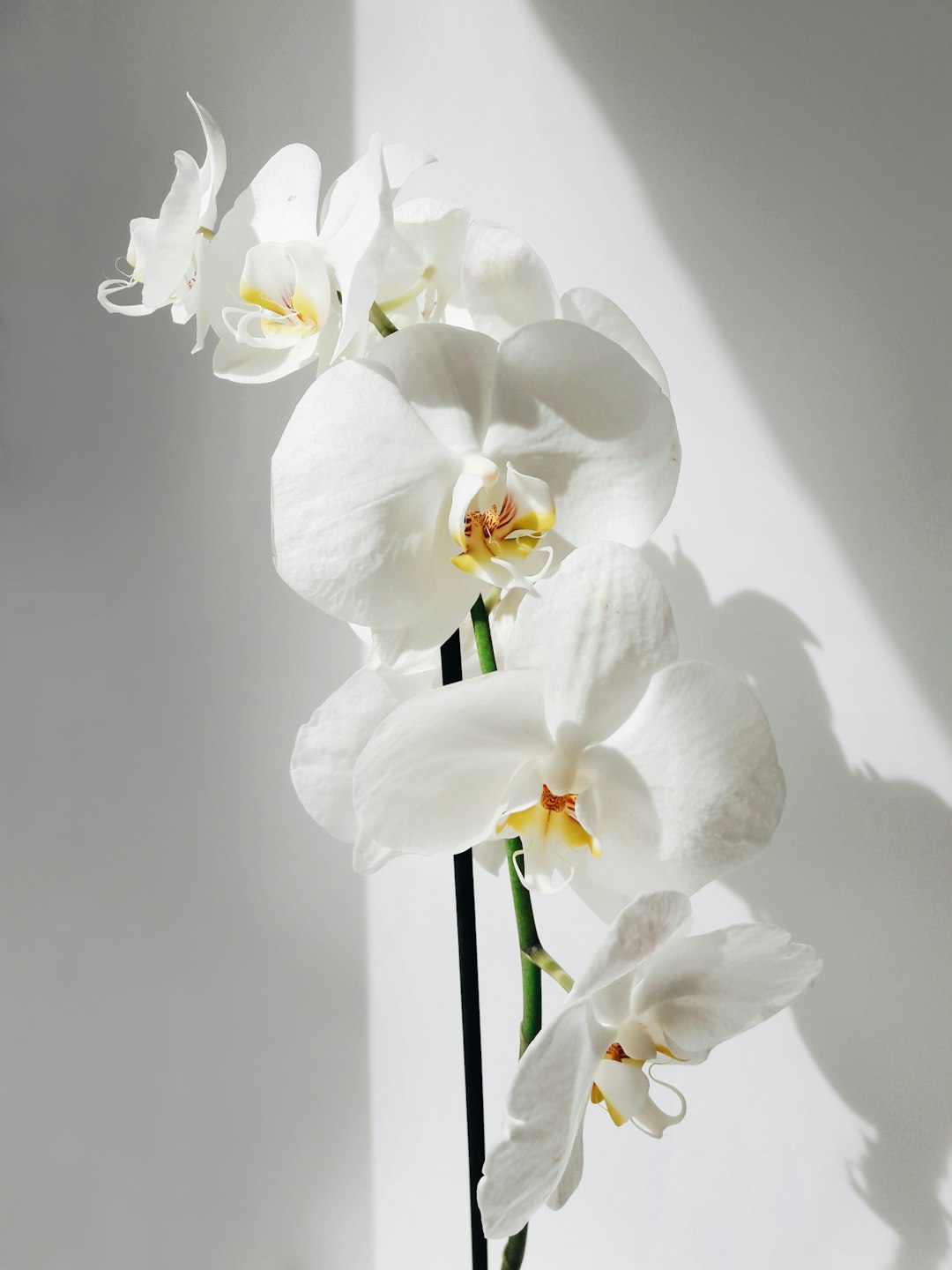Unveiling the Secrets of Cauliflower Cultivation

Edible gardening is a rewarding endeavor, and growing cauliflower is a great addition to any vegetable garden. In this article, we will explore essential tips for cultivating cauliflower, from planting to harvesting.
Understanding Cauliflower
Cauliflower (Brassica oleracea var. botrytis) is a cool - season vegetable that belongs to the Brassicaceae family. It is known for its large, compact head of undeveloped flower buds, which can come in various colors such as white, purple, green, and orange. Before you start growing cauliflower, it's important to understand its growth requirements.
Choosing the Right Variety
There are many cauliflower varieties available, each with its own unique characteristics. Some varieties are better suited for early spring planting, while others are more suitable for fall. For example, 'Snowball' is a popular white - headed variety that matures relatively quickly. 'Graffiti' is a purple - headed variety that not only looks beautiful but also has a slightly sweeter flavor. When choosing a variety, consider your local climate and the time of year you plan to plant.
Planting from Seeds
1. Timing: Cauliflower seeds can be started indoors 4 - 6 weeks before the last expected frost date in your area. This gives the seedlings a head start and allows them to be transplanted outdoors when the weather is more favorable. For a fall crop, start seeds indoors 10 - 12 weeks before the first expected frost date.
2. Soil Preparation: Use a high - quality seed - starting mix that is well - drained and rich in organic matter. Fill seed trays or pots with the mix and moisten it before sowing the seeds. Sow the seeds about ¼ inch deep and cover them lightly with the soil mix.
3. Germination: Keep the soil consistently moist and place the seed trays in a warm location with temperatures around 70 - 75°F (21 - 24°C). Cauliflower seeds usually germinate within 5 - 10 days. Once the seedlings emerge, move them to a location with bright, indirect light.
Planting Seedlings
1. Hardening Off: About a week before transplanting the seedlings outdoors, start the hardening - off process. Gradually expose the seedlings to outdoor conditions by placing them outside for a few hours each day, increasing the time each day. This helps the seedlings adjust to the changes in temperature, sunlight, and wind.
2. Site Selection: Choose a location in your garden that receives full sun (at least 6 hours of direct sunlight per day) and has well - drained soil. Cauliflower prefers a soil pH between 6.0 and 7.0. Amend the soil with compost or well - rotted manure to improve its fertility and structure.
3. Transplanting: Dig holes in the prepared soil that are slightly larger than the root balls of the seedlings. Space the seedlings about 18 - 24 inches apart in rows that are 24 - 36 inches apart. Gently remove the seedlings from the seed trays or pots and place them in the holes. Fill in the holes with soil and firm it gently around the base of the seedlings. Water the seedlings thoroughly after transplanting.
Care and Maintenance
1. Watering: Cauliflower needs consistent moisture to grow properly. Water the plants deeply once or twice a week, depending on the weather conditions. Avoid over - watering, as this can lead to root rot. Mulching around the plants can help retain soil moisture and suppress weeds.
2. Fertilizing: Apply a balanced fertilizer, such as a 10 - 10 - 10 or 14 - 14 - 14, when transplanting the seedlings. Side - dress the plants with additional fertilizer about 3 - 4 weeks after transplanting. You can also use organic fertilizers such as fish emulsion or compost tea to provide nutrients to the plants.
3. Pest and Disease Control: Cauliflower is susceptible to several pests and diseases, including aphids, cabbage worms, and clubroot. Monitor your plants regularly for signs of pests or diseases. You can use natural pest control methods such as hand - picking pests, using insecticidal soaps, or applying neem oil. To prevent clubroot, avoid planting cauliflower in soil that has previously been infected with the disease and maintain proper soil pH.
Harvesting Cauliflower
1. Timing: Cauliflower heads are ready to harvest when they are firm, compact, and have reached their full size. This usually takes about 50 - 100 days after transplanting, depending on the variety. Check the heads regularly, as they can quickly become over - mature and start to separate.
2. Harvesting Method: Use a sharp knife to cut the cauliflower head from the plant, leaving a few inches of the stem attached. You can also harvest the side shoots that may develop after the main head is harvested. These side shoots are smaller but still edible.
3. Storage: Freshly harvested cauliflower can be stored in the refrigerator for up to a week. You can also blanch and freeze cauliflower for longer - term storage.
In conclusion, growing cauliflower can be a fun and rewarding experience. By following these essential tips for planting, care, and harvesting, you can enjoy a bountiful harvest of this delicious and nutritious vegetable in your own edible garden.